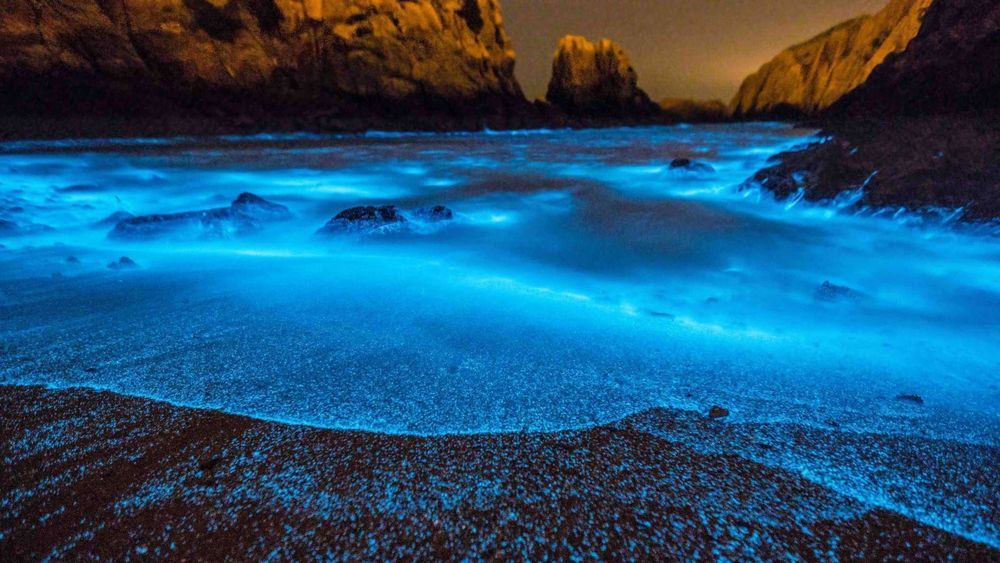Satellite imagery taken over the past two decades shows that the toxic bioluminescent microorganisms responsible for China’s sparkling blue seas are becoming increasingly abundant.
New research published in Geophysical Research Letters is the first to use satellite data to track algal blooms consisting of red Noctiluca scintillans (RNS), a single-celled microorganism that produces the beautiful bioluminescent blue glow known as “blue tears.” These tiny sea creatures prefer coastal waters, especially along the coast of the East China Sea where they appear in the numbers required to produce the spectacular blue glow.
Read more
